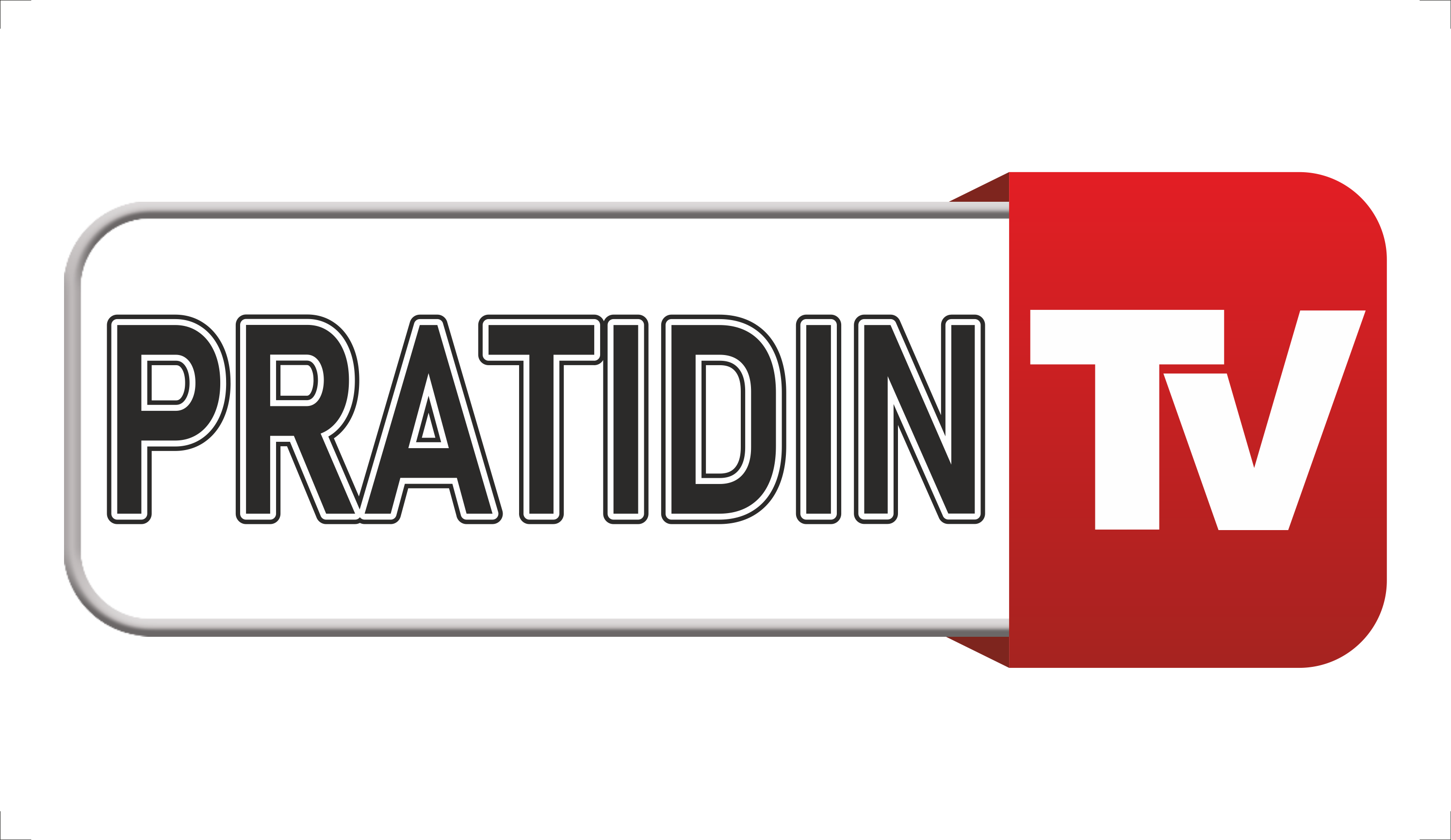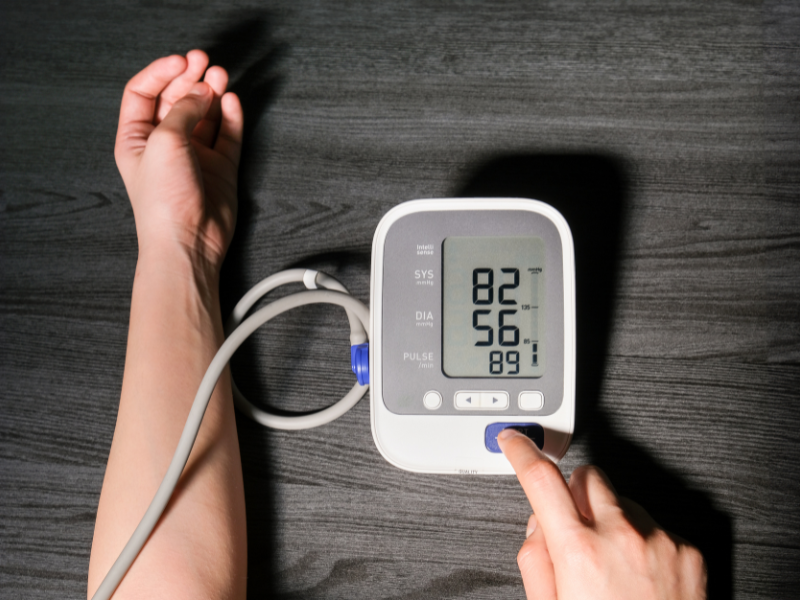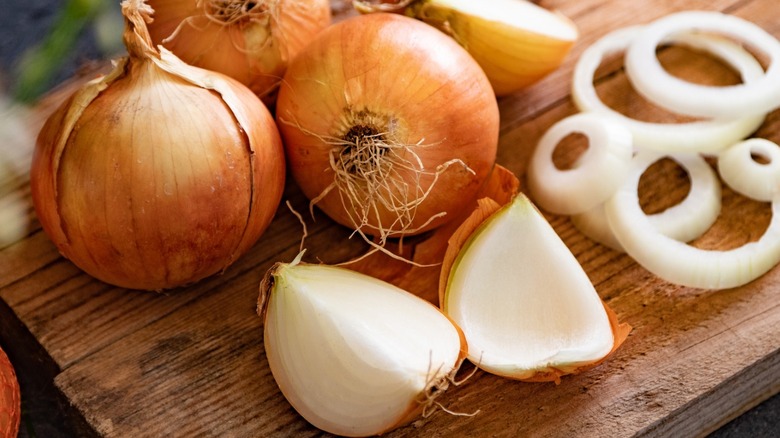What Is Low Blood Pressure?
Low Blood Pressure : Symptoms , Causes And Treatment -Hypotension is the medical term for low blood pressure. You have it when a reading shows your BP is much lower than expected.
A blood pressure reading appears as two numbers. The top number is a measure of systolic pressure, or the pressure in the arteries when the heart beats and fills them with blood. The bottom number measures diastolic pressure, the pressure in the arteries when the heart rests between beats. The optimal blood pressure level is less than 120/80. (You may also see it written as 120/80 mmHg).
What is considered low BP ?
Doctors consider you to have low blood pressure when your reading is less than 90/60.
The risk of both low high blood pressure increases with age due in part to normal changes during aging.
CHECK HERE : How To Control/Reduce High BP Immediately ?
What Are the Symptoms of Low BP ?
Low blood pressure symptoms can include:
Dizziness
Lightheadedness
Unsteadiness
Dimming or blurring of vision
Agitation or other behavior changes
Weakness
Fatigue or lethargy
Confusion
Nausea
Cold, clammy skin
Fainting
Pale skin
Causes of Low BP
Several factors can cause blood pressure to drop, either temporarily or chronically. Common causes include:
Dehydration – Losing too much fluid through sweating, vomiting, or diarrhea can reduce blood volume.
Nutritional deficiencies – A lack of iron, vitamin B12, or folate can lead to anemia, lowering BP.
Heart conditions – Issues like heart failure, bradycardia (slow heart rate), and heart valve diseases can prevent proper circulation.
Endocrine disorders – Conditions like hypothyroidism, adrenal insufficiency, and diabetes can disrupt BP regulation.
Certain medications – BP medications, antidepressants, diuretics, and Parkinson’s disease drugs can lower BP.
Blood loss – Internal or external bleeding can cause a sudden drop in BP .
Severe infections (septic shock) – A widespread infection can lead to dangerously low BP, requiring emergency care.
Postural hypotension – A sudden drop in BP when standing up quickly, common in older adults.
Natural remedies
- Eat more salt
- Avoid alcoholic beverages
- Discuss medications with a doctor
- Cross legs while sitting
- Drink water
- Eat small meals frequently
- Wear compression stockings
- Avoid sudden position changes
- Raise the head when sleeping
- Lower shower temperatures
- Lower body strength training
- Eat a balanced diet
Treatment :-
What Are the Treatments for Low BP ?
For many people, chronic low blood pressure can be effectively treated with diet and lifestyle changes. Others need medication to manage their symptoms.
Lifestyle changes to lower bP – Depending on the cause of your symptoms, your doctor may tell you to increase your blood pressure by making these simple changes:
-Eat a diet higher in salt.
-Drink lots of nonalcoholic fluids.
-Limit alcoholic beverages.
-Drink more fluids during hot weather and while sick with a viral illness, such as a cold or the flu.
-Have your doctor check your prescription and over-the-counter medications to see if any of them are causing your symptoms.
-Get regular exercise to promote blood flow.
-Be careful when rising from lying down or sitting. To improve circulation, pump your feet and ankles a few times before standing up. Then go slowly. When you get out of bed, sit upright on the edge of the bed for a few minutes before standing.
-Raise the head of your bed at night by placing bricks or blocks under it.
-Avoid heavy lifting.
-Avoid straining while on the toilet.
-Avoid standing still for long periods.
-Avoid prolonged exposure to hot water, such as hot showers and spas. If you get dizzy, sit down. It may help to keep a chair or stool in the shower in case you need to sit. To prevent injury, use a nonslip chair or stool designed for use in showers and bath tubs.
-To avoid problems with low blood pressure and lessen episodes of dizziness after meals, try eating smaller, more frequent meals. Cut back on carbohydrates. Rest after eating. Avoid taking drugs to lower blood pressure before meals.
-If needed, use elastic support (compression) stockings that cover the calf and thigh. These help restrict blood flow to your legs, thus keeping more blood in your upper body.
ALSO READ : What is high BP disease? How dangerous is it?





